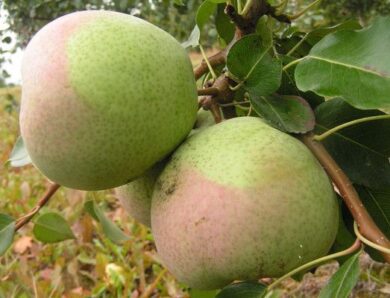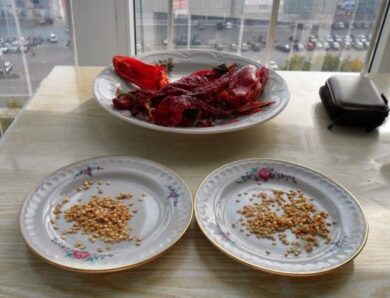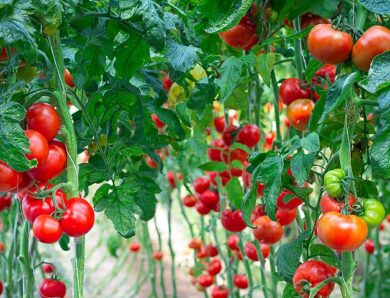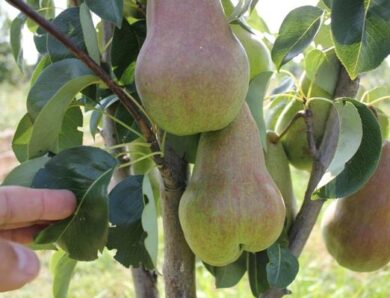Raspberry Maravilla is a high-yielding variety of remontant raspberry
Raspberry Maravilla is widely used by gardeners due to its ability to yield two abundant harvests per season. This variety of remontant raspberry is excellent for breeding in film tunnels and is cost-effective for industrial cultivation.
How the variety was bred
Maravilla was bred in the late twentieth century by California breeders for industrial breeding. This remontant raspberry has the full name "Driscoll Maravilla" (Driscoll Maravilla).
Its variety belongs to commercial species, which are great for sale in supermarkets, as berries have excellent transportability, long shelf life and long retain their appearance.
Video "Features of raspberry variety Maravilla"
From the video you will learn about the features of this variety of raspberry.
Specifications
Maravilla berries are large, dense composition and high resistance to rot. They are characterized by bright red color with a slight sheen, conical shape and almost imperceptible bone.
The berry is kept the same size throughout the harvest period, easily separates from the stalk and retains its qualities perfectly after collection when stored in the refrigerator for two weeks. During this period, the berries may change color slightly. Maravilla bears fruit twice a season, giving high yields. The first collection of berries is carried out from the shoots of the second year from the second decade of May and lasts until the end of July. The second harvest of berries is removed from the shoots of the current year, from the first decade of July to the second half of October. Both collections have a high yield compared to other varieties of raspberries.
Maravilla has thick powerful erect shoots with small thorns, reaching a height of 2 meters. Shrubs do not need a garter, wallpaper is not installed. A small number of replacement shoots and few buds are formed. The fruiting zone begins on the stem from 1,8 meters from the ground. This variety is highly demanding and capricious to reproduction and survival. After fruiting, the bushes are pruned, leaving no more than half a meter.
Protection against diseases
- The plant can be infected with late blight, which stops the development of shoots. Often the defeat of the bushes occurs after fruiting. And also at long storage in the refrigerator of saplings with long escape (long kane), having last year's fruit buds. They are often used in breeding, since they give berries in the first year of planting.
- Raspberry bushes are prone to thrips attacks, which cause considerable damage to sprouts. To control this pest, double treatments with selective inhibitors by spraying are carried out. Then biological methods of control with the use of Thripex-Plus are connected, which are the use of predatory mites, which feed on larvae and eggs of thrips.
- Another common pest of raspberry seedlings is Drosophila spotted, which can significantly reduce the quality characteristics of berries. Therefore, it is recommended when picking berries, also remove from bushes and berries of unpresentable quality, which will prevent the settlement and reproduction of this pest in the bushes.
- In view of the, that this variety of raspberry is mainly grown in a tunnel way, then sometimes there is an infection of the plant with sooty fungi. This disease is characterized by the appearance of black plaque on the leaves, which leads to a violation of the process of photosynthesis. In this case it is necessary to adhere to a rational mode of watering without excess moisture. In greenhouses it is necessary to ensure sufficient air circulation, good ventilation. Fungicides are used to control the fungus: Switch 62,5 WG, Signum 33 WG, biopreparation Serenade.
- Shoots are rarely affected by viral diseases, as they have a short vegetative cycle.
productivity
This variety of raspberry is mainly grown in tunnels, using containers, filled with substrate.
New cultivation technologies allow to prolong the productivity season, increase yields, which allows you to achieve collection on average 20 tons of berries from 1 hectare. This year's seedlings add in addition to the total yield 10 tons of 1 hectare.
Video "Growing and caring for raspberries"
You will learn from the video, how to grow and care for raspberries.




